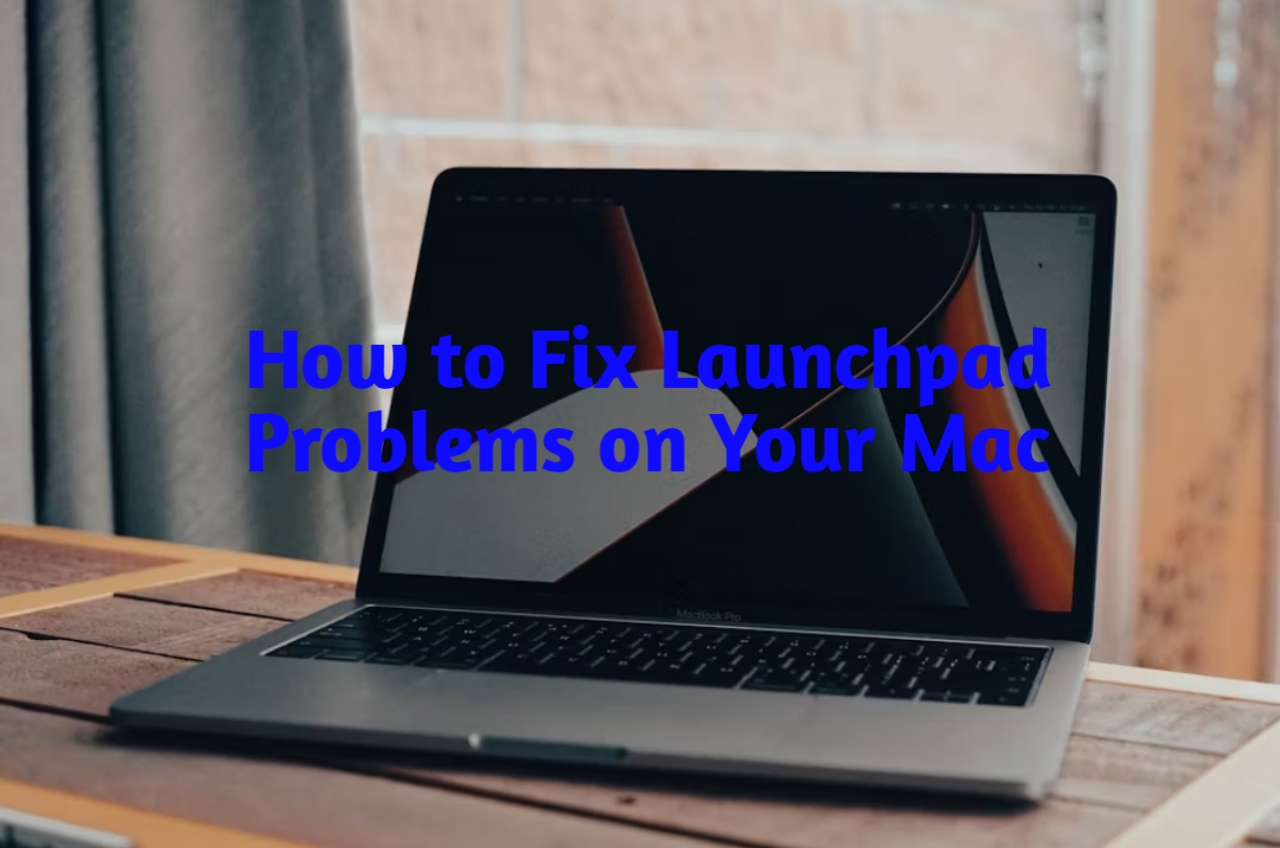
Mac users often rely on Launchpad for easy access to their applications, with a design inspired by the iOS home screen. However, issues can occasionally arise where Launchpad doesn’t open, apps are missing, or it becomes unresponsive. This guide will take you through various troubleshooting steps to resolve common Launchpad problems, helping you get back to a smooth macOS experience.
Table of Contents
ToggleWhat Causes Launchpad Problems?
Launchpad issues can stem from several factors:
- Database Corruption: Launchpad relies on a database to display app icons and organize them. Corruption in this file can cause functionality issues.
- Software Conflicts: Conflicting applications or system glitches may prevent Launchpad from loading correctly.
- Outdated macOS Version: Running an outdated operating system can lead to bugs that affect Launchpad functionality.
Basic Troubleshooting Steps
Before diving into more technical fixes, start with these simple solutions to potentially resolve Launchpad issues quickly.
Restart Your Mac
Restarting your Mac often clears minor glitches and refreshes the system. To restart, click on the Apple menu > Restart and try accessing Launchpad again
Remove and Re-add Launchpad to the Dock
Occasionally, Launchpad conflicts with the Dock, especially if there are temporary settings issues:
- Drag Launchpad out of the Dock to remove it.
- Open Finder > Applications and drag Launchpad back to the Dock.
This re-adds Launchpad and can resolve display issues.
How to Reset Launchpad on Mac
If simple restarts don’t work, you may need to reset Launchpad’s database. This can be done via Finder or Terminal.
Resetting with Finder
- Open Finder.
- In the top menu, click on Go > Go to Folder and type
~/Library/Application Support/Dock/. - Locate files ending in
.db(Launchpad database files). - Move these files to the Trash and empty the Trash.
- Restart your Mac to refresh the Launchpad database.
Resetting with Terminal
- Open Terminal via Spotlight by pressing Command + Space and typing “Terminal.”
- Type the command:
rm ~/Library/Application\ Support/Dock/*.db ; killall Dock. - Press Return and restart your Mac.
Using Terminal offers a quick way to reset without navigating through Finder.
Using Terminal to Fix Launchpad
For users comfortable with Terminal, additional commands can assist with troubleshooting. Besides resetting the database, Terminal can help force the Dock to relaunch, which impacts Launchpad.
- In Terminal, use the command:
killall Dock
- Restart your Mac to check if Launchpad functions normally.
This command relaunches the Dock and may resolve display or loading issues with Launchpad.
Read Also: How to disable Bixby on your Samsung Galaxy phone
Clear Cache and Reset Settings Files
Clearing cache files helps remove corrupt preferences that may interfere with Launchpad.
Locate and Delete .db Files
- In Finder, go to Go > Go to Folder and type
~/Library. - Open the Application Support folder, then Dock.
- Delete files ending in
.dband empty your Trash. - Restart your Mac to rebuild the database.
Booting into Safe Mode to Identify Conflicts
Safe Mode is a built-in diagnostic mode that can help identify conflicts affecting Launchpad.
For Intel Macs
- Shut down your Mac and power it on.
- Hold the Shift key until the login screen appears.
- Log in and check if Launchpad functions correctly in Safe Mode.
For Apple Silicon (M1/M2) Macs
- Shut down your Mac, then press and hold the power button until startup options appear.
- Select your startup disk, hold Shift, and click Continue in Safe Mode.
Updating macOS to Fix Bugs
Apple frequently releases updates to address bugs and improve system stability. Updating macOS can often resolve Launchpad issues.
- Go to Apple menu > System Preferences > Software Update.
- Click Update Now if an update is available.
- After updating, try accessing Launchpad.
Alternative Ways to Access Apps
If Launchpad remains problematic, you can access your applications through Finder or Spotlight.
- Finder: Open Finder, click Applications in the sidebar, and select the app you need.
- Spotlight: Press Command + Space, type the app’s name, and select it from the search results.
Conclusion
Troubleshooting Launchpad issues may involve several steps, but with persistence, you can resolve most problems on your own. By following the techniques outlined, from simple restarts to advanced Terminal commands, you’ll have Launchpad back in action, enhancing your Mac experience.
FAQs
- Why does my Launchpad keep disappearing?
- This could be due to corrupted settings or display conflicts. Resetting Launchpad can resolve this.
- Can I access apps without Launchpad?
- Yes, you can use Finder or Spotlight to locate and open applications.
- What if Terminal commands don’t work?
- Ensure you typed the commands correctly. If the issue persists, try other methods or contact support.
- How often should I clear Launchpad’s database files?
- Only clear these files when Launchpad shows errors, as frequent resets aren’t necessary.
- Does updating macOS improve Launchpad performance?
- Yes, macOS updates often include bug fixes that can resolve Launchpad issues.
- Why doesn’t Safe Mode fix Launchpad for all users?
- Safe Mode helps detect conflicts but won’t fix all issues, especially if files are corrupted.
- How can I access Launchpad if my Dock icon is missing?
- Use Finder > Applications to locate and open Launchpad.
- What happens if I delete the wrong files in Finder?
- Deleted files may impact the Dock. Be cautious and back up files if unsure.
- Does Launchpad require a lot of system memory?
- No, but excessive background processes can slow it down.
- Can I customize the Launchpad layout?
- Yes, drag icons around in Launchpad to organize them as desired.

